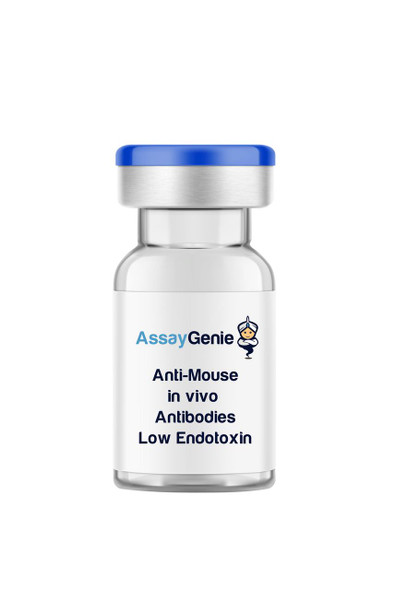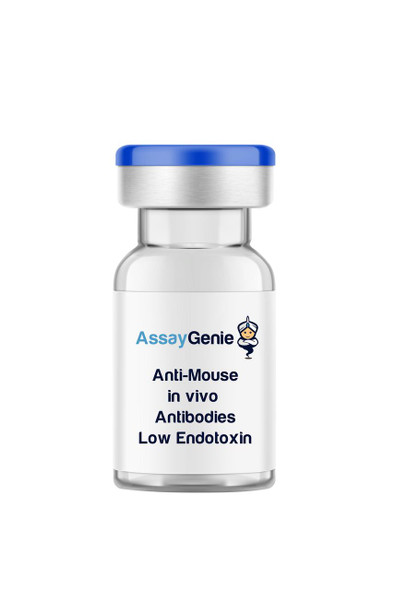CXCL9 is a chemokine, which are small 8-15 kDa proteins that function in immune responses1. CXCL9, -10, -11 and their receptor CXCR3 regulate immune cell migration, differentiation, and activation, leading to tumor suppression in the paracrine axis. However, in the autocrine axis, they may be involved in tumor growth and metastasis. The CXCL9, -10, -11/CXCR3 axis also regulates differentiation of naïve T cells to T helper 1 (Th1) cells. CXCL9, -10, and -11 are usually expressed at low levels but are upregulated by cytokine stimulation. CXCL9 is dependent on IFNgamma for expression2. CXCL9 is also capable of direct antimicrobial activity against pathogen infection3. CXCL9 is secreted by macrophages4, monocytes, endothelial cells, fibroblasts, and cancer cells in response to IFN-gamma1 and is also expressed in intratumoral dendritic cells5. CXCL9 is also detectable in CD103+ conventional dendritic cells (cDCs) isolated from transgenic murine MMTV-PyMT tumors following in vivo administration of brefeldin A5. Additionally, CXCL9 is detectable in myeloid cells following ex vivo stimulation with IFN-gamma. Furthermore, CXCL9 expression is enhanced in CD8α+ cDC1s when anti-TIM-3 is added. Neutralizing antibodies against Galectin-9 lead to an increase in CXCL9 expression comparable to that induced by anti-TIM-3 antibody. Additionally, endothelial cell expression of CXCL9 is strongly increased in liver sinusoidal endothelial cells isolated from nonalcoholic steatohepatitis mouse livers6. MIG-2F5-5 was generated by immunizing male Armenian hamsters with recombinant murine CXCL9, and specificity was confirmed by ELISA7.

![Anti-Mouse CXCL9 [MIG-2F5-5] In Vivo Antibody - Low Endotoxin Anti-Mouse CXCL9 [MIG-2F5-5] In Vivo Antibody - Low Endotoxin](https://cdn11.bigcommerce.com/s-rd6ounxcu2/images/stencil/608x608/products/78974/84156/anti-mouse-cxcl9-mig-2f5-5-in-vivo-antibody-low-endotoxin__57663__70341.1706545521.jpg?c=1)
![Anti-Mouse CXCL9 [MIG-2F5-5] In Vivo Antibody - Ultra Low Endotoxin Anti-Mouse CXCL9 [MIG-2F5-5] In Vivo Antibody - Ultra Low Endotoxin](https://cdn11.bigcommerce.com/s-rd6ounxcu2/images/stencil/590x590/products/78975/84157/anti-mouse-cxcl9-mig-2f5-5-in-vivo-antibody-ultra-low-endotoxin__30861__34406.1706545521.jpg?c=1)



